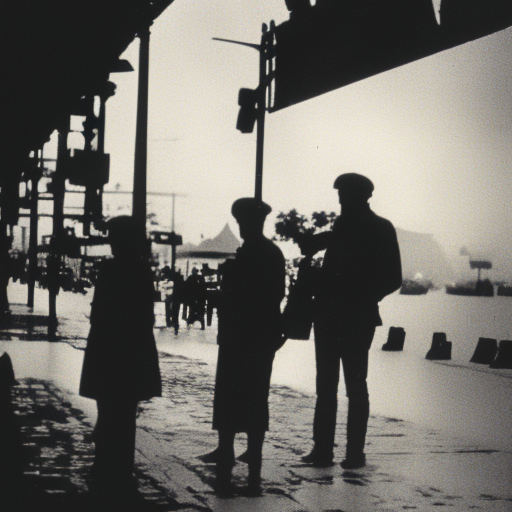Summary: Chouannerie
The Chouannerie was a counter-revolutionary uprising that took place in France during the French Revolution. It was led by royalist supporters known as the Chouans, who opposed the revolutionary government and sought to restore the monarchy. The Chouannerie lasted from 1793 to 1800 and was characterized by guerrilla warfare and acts of violence against revolutionary authorities. Despite initial successes, the Chouans were eventually defeated by the French Republican Army.
Background
The French Revolution, which began in 1789, brought about significant political and social changes in France. The revolutionaries sought to overthrow the monarchy and establish a republic based on principles of liberty, equality, and fraternity. However, not everyone in France supported these revolutionary ideals. Many royalists, particularly in rural areas, remained loyal to the monarchy and opposed the revolution.
Causes
Several factors contributed to the emergence of the Chouannerie. First, the revolutionary government’s policies, such as the levée en masse (mass conscription), economic reforms, and anti-Catholic measures, alienated many rural inhabitants. Second, the execution of King Louis XVI in 1793 further fueled royalist sentiments and a desire to restore the monarchy. Finally, the Chouans received support from foreign powers, such as Britain, who saw an opportunity to weaken the revolutionary government.
Course of the Chouannerie
The Chouannerie began in 1793, with sporadic outbreaks of violence in western France. The Chouans, mostly peasants and nobles, organized themselves into small bands and launched attacks against revolutionary authorities, particularly the local representatives of the Committee of Public Safety. They used guerrilla tactics, ambushing Republican troops and then melting back into the countryside.
The Chouans enjoyed early successes, capturing several towns and inflicting heavy casualties on the Republican forces. They also received support from the local population, who provided them with supplies and shelter. However, the Chouans lacked a unified command structure and were divided into various factions, each with its own leaders and objectives. This lack of coordination weakened their overall effectiveness.
The Republican government responded to the Chouannerie by sending large military forces to suppress the uprising. The Republican Army, led by generals such as Lazare Hoche and Jean-Baptiste Kléber, launched a series of offensives against the Chouans. They employed a combination of military force and political measures, such as offering amnesty to Chouans who surrendered, to weaken the rebellion.
The Chouannerie reached its peak in 1795, with major battles taking place in regions like Vendée and Brittany. However, the Republican forces gradually gained the upper hand. They adopted more effective counter-insurgency tactics, such as establishing a network of informants and conducting scorched-earth campaigns to deprive the Chouans of support.
By 1796, the Chouannerie was in decline. Many Chouan leaders had been captured or killed, and their forces were severely weakened. The Republican government also implemented policies to address some of the grievances that had fueled the rebellion, such as ending the levée en masse and easing anti-Catholic measures. These measures further undermined the Chouans’ support base.
Conclusion
The Chouannerie officially ended in 1800 when the last major Chouan leader, Georges Cadoudal, was captured and executed. The uprising had a significant impact on the French Revolution, as it demonstrated the resilience of royalist sentiments and the challenges faced by the revolutionary government in implementing its reforms. The Chouannerie also highlighted the difficulties of suppressing a guerrilla insurgency in rural areas. Despite their ultimate defeat, the Chouans left a lasting legacy in French history as symbols of resistance against revolutionary change.












